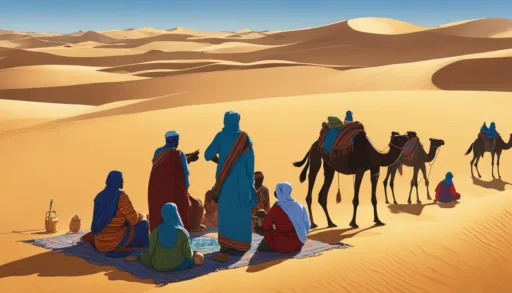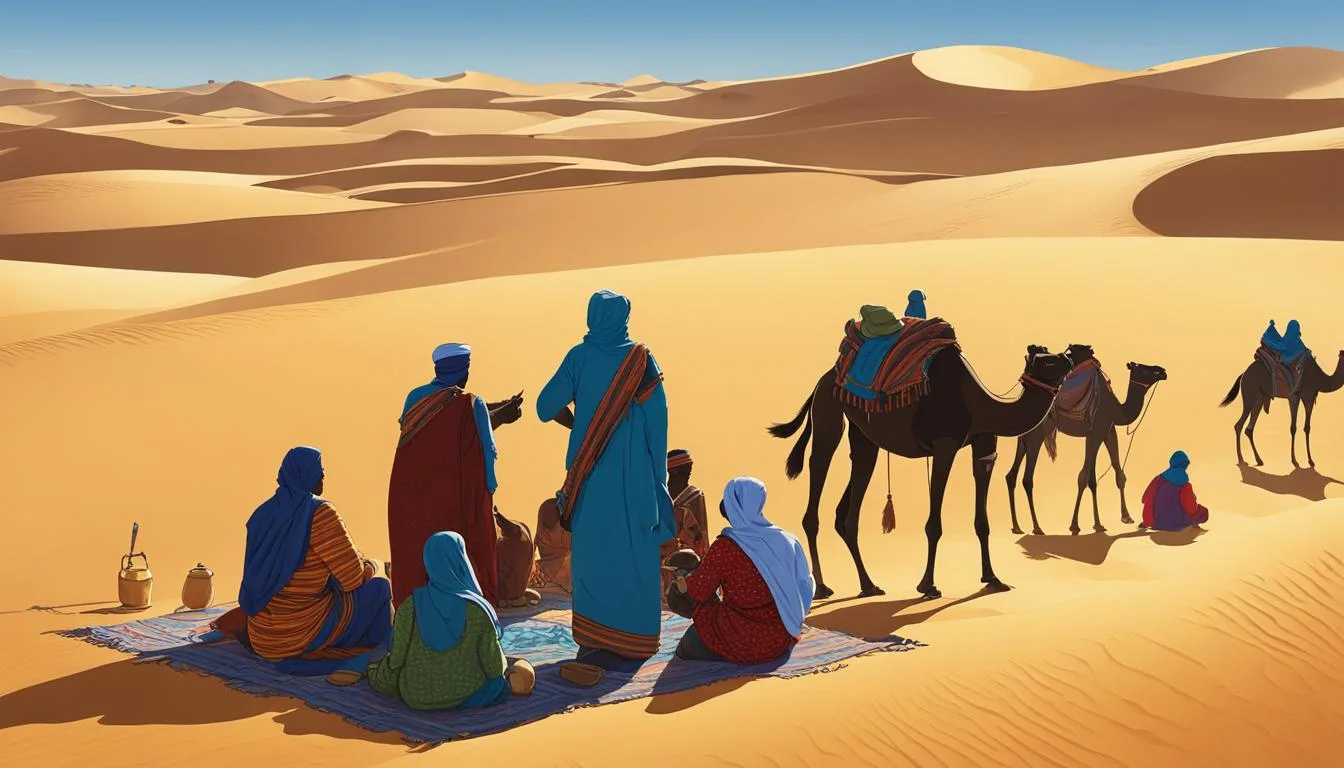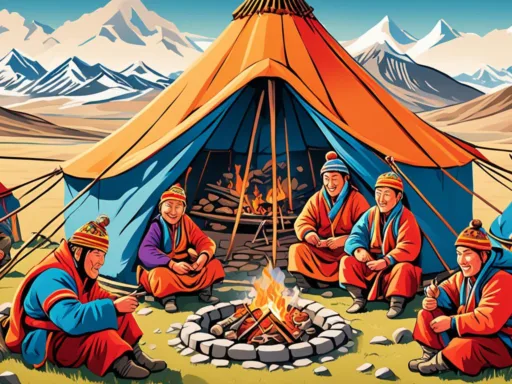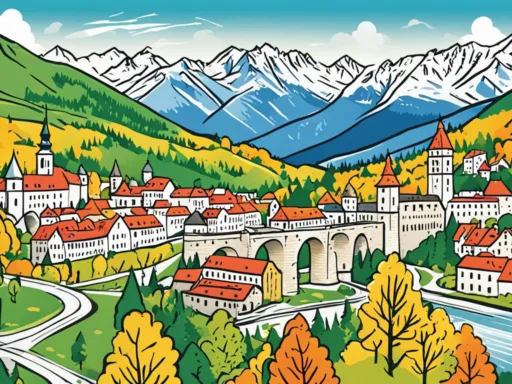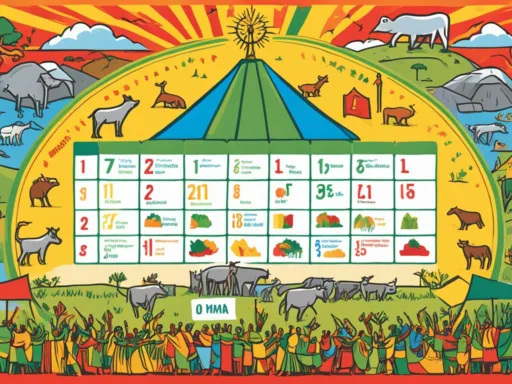Amidst the shifting sands and timeless horizons, Mauritania remains a hidden gem in the grand tapestry of the Sahara. But do you know the Best Time to Visit Mauritania to witness its enchanting desert beauty and delve into its rich cultural heritage? With our comprehensive Mauritania vacation guide, discover when this sun-drenched nation reveals its most captivating secrets. As we traverse this land of contrasts, from vast dunes to tranquil coastlines, you’ll find invaluable Mauritania travel tips that unlock the optimal moments for exploration and immersion. For those yearning for a transformative journey into the heart of Arab-Berber traditions and African rhythms, knowing the ideal time to set foot on Mauritanian soil is crucial for the ultimate travel experience. Let’s unveil the periods that not only offer comfort but also provide a window to the soul of Mauritania tourism.
Key Takeaways
- Identify the best seasons for experiencing the desert’s majesty and comfortable climate.
- Gain insights on the intertwining of Mauritania’s diverse cultures and optimal travel timing.
- Learn about Mauritania’s climatic conditions to plan a safe and enjoyable visit.
- Understand the significance of national and religious events in travel planning.
- Discover how modern advancements and traditional ways influence the prime times to visit.
- Prepare for cultural immersion by aligning travel dates with festive and cooler months.
Discovering Mauritania’s Unique Charm through its Seasons
When planning a journey to explore the vast and vibrant landscapes of Mauritania, factoring in the Best Time to Visit Mauritania becomes essential. The nation prides itself on a climate that varies from the heart of the Sahara to the fertile diversities along the Senegal River. The ideal months to visit Mauritania are those that allow travelers to immerse themselves in the country’s natural beauty without the discomforts of extreme Mauritania weather.
Venturing to Mauritania during the more temperate seasons ensures that the golden dunes and ancient cities are appreciated in all their glory. Below is a table that captures the essence of Mauritania’s weather patterns and how they correlate to the perfect travel itinerary.
| Season | Months | Weather Characteristics | Travel Experience |
|---|---|---|---|
| Winter | November to February | Mild temperatures, minimal sandstorms | Optimal for desert safaris and cultural festivals |
| Spring | March to May | Warming temperatures, occasional sandstorms | Good for riverbank travels, witnessing flora and fauna |
| Summer | June to August | Intense heat, frequent sandstorms | Challenging for outdoor activities; better for indoor exploration |
| Fall | September to October | Hot with cooler evenings, diminishing sandstorms | Suitable for experiencing Mauritania’s night markets and cuisine |
As Mauritania sheds its colonial past and embraces modern progress, the nation presents a dualistic charm best experienced when weather and cultural events merge harmoniously. Harnessing the country’s peculiarities amid Mauritania weather variations offers an enriched, vivid travel narrative.
- Winter months present idyllic conditions for both cultural engagements and desert expeditions.
- The springtime is ripe for witnessing the blooming desert life.
- Summer should typically be reserved for those accustomed to extreme climates or seeking indoor cultural phenomena.
- Fall offers a respite from the heat, perfect for exploring the bustling markets.
Best Time to Visit Mauritania: Unveiling Desert Wonders
For those eager to uncover the stark, majestic landscapes of Mauritania and immerse themselves in its unique culture, the top tourist seasons in Mauritania are clear. Spanning from November to March, these cooler months are quintessential for travelers wanting to avoid the region’s more intense temperatures. It is during this period that the country reveals its true splendor, from rolling sand dunes to the distinctive cityscapes built to combat the desert’s vastness.

Embarking on a journey through Mauritania during these prime months allows for unhindered exploration and offers a comfortable climate suited for various outdoor adventures. This season is not just about when to travel but how to experience Mauritania to the fullest. Engaging with locals provides a window to the soul of this desert nation, whether through shared culinary experiences, like savoring the national dish of thieboudienne, or understanding the artistry behind the intricate pouring of mint tea that marks the rhythm of daily life.
These communal aspects serve as the fiber of Mauritanian culture, something the discerning traveler will find to be amplified during the pleasant tourist season. Below is a list of essential Mauritania sightseeing tips to consider:
- Plan visits to both the historic and natural landmarks early in the morning to capture the best light and beat any crowds.
- Dress appropriately for the desert climate, which means light clothing during the day and something warmer for cooler nights.
- Always have a local guide for desert excursions – their knowledge is invaluable for a safe and enlightening experience.
- Remember to show respect for local customs and norms – this enhances mutual understanding and enriches your travel experience.
Travel to Mauritania, marked by prime seasons and readiness to unveil its secrets, can become one of the most unforgettable adventures. It’s about finding the right timing to experience the myriad of wonders from a seat at the crossroads of the Sahara and the Atlantic.
Embracing Mauritania’s Cultural Heritage in Your Travel Plans
When planning your journey through Mauritania, understanding the rich cultural heritage is essential to enhance your travel experience. The intricate fabric of Mauritanian culture is woven with strands of both historical significance and contemporary customs. A mindful traveler can enrich their vacation by aligning their visit with the celebration of traditional festivals and by observing societal norms that reflect the country’s diverse ethnic relations and commitment to Islamic traditions.
Historical Significance and National Identity
In Mauritania, the past and present meld to create a unique travel narrative. Historical events have shaped the identity of this nation, once under colonial rule, now standing proudly with a culture enriched by its Arab-Berber roots and its evolution through independence. Unraveling the intricate tapestry of Mauritania’s history is a vital part of any Mauritania sightseeing tips you’ll gather, offering depth to the architectural marvels and urban centers you’ll explore.
Traditional Festivals and Societal Norms
Marking your calendar with the nation’s festive periods can dramatically shape your Mauritania travel tips. Observing cultural practices such as the consumption of mint tea, enjoying local cuisines, and respecting the traditional dress codes, like the malaḥfa, can provide a deeper understanding of the Mauritanian way of life. Participating in, or at least witnessing, time-honored events such as Ramadan, adds an invaluable layer to your Mauritania vacation guide.
| Festival/Event | Date | Cultural Significance |
|---|---|---|
| Mauritanian Independence Day | November 28 | Celebration of independence and national pride with parades and festivities. |
| Mawlid al-Nabi | Variable (Islamic Calendar) | Commemoration of the birth of the Prophet Muhammad, marked by religious gatherings and feasts. |
| Ramadan | Variable (Islamic Calendar) | Month of fasting, reflection, and community, culminating in the festive Eid al-Fitr. |
Integrating these elements into your travel plans will ensure your trip is not just a vacation, but a transformative experience filled with genuine interactions and an appreciation for Mauritania tourism. Remember, a good traveler observes, participates, and respects the cultural tapestry before them.
Mauritania Weather Patterns and Their Impact on Tourism
Understanding Mauritania weather is essential for travelers planning to explore the vast Sahara desert that defines the region’s climate. Known for its extreme conditions, the weather is a significant factor in the appeal and viability of Mauritania tourism. While the country’s allure is undeniable, the dry and arid climate poses challenges that require well-timed visits. To fully experience Mauritania’s offerings, from its historical architecture to lively markets and expansive deserts, aligning your travel plans with the milder months is key.
From November to March, a marked shift occurs, bringing cooler temperatures that make outdoor excursions and cultural engagement not only possible but enjoyable. During this period, the harsh desert heat subsides, presenting an opportunity to safely navigate through Nouakchott’s architectural marvels or venture into the enchanting desert landscapes. These months are heralded as the optimal time for visitors eager to delve into the country’s myriad of attractions without the deterrent of overwhelming heat or obstructive sandstorms.
As such, when considering a vacation to this intriguing nation, it’s imperative to integrate Mauritania travel tips focused on climatic considerations. Planning with the weather in mind is more than a matter of comfort—it’s about security and the capacity to immerse oneself in the robust natural beauty and vibrant culture of Mauritania. So, as you map out your journey, let the country’s climate be your guide, ensuring a transformative experience that resonates long after your return.
